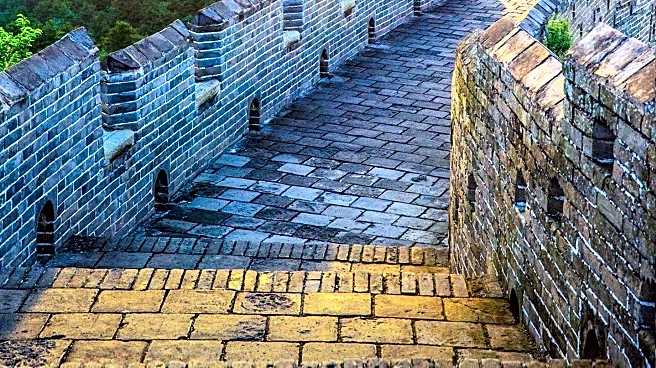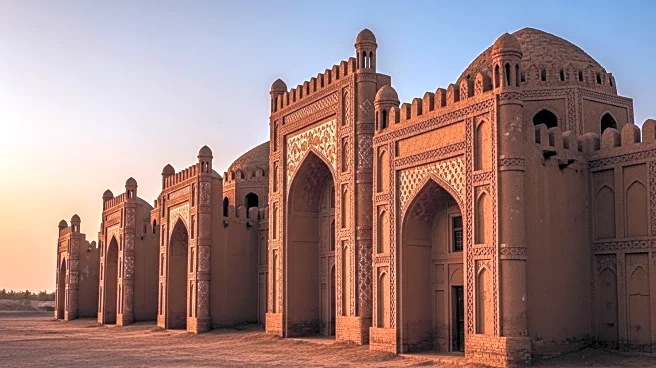The creation of the Summer Palace in Beijing is a story of architectural innovation and cultural significance. Established during the Qing dynasty, the Summer Palace was designed to provide a retreat for emperors, offering a space for relaxation and reflection away from the formalities of the Forbidden City.
Founding or Discovery
The founding of the Summer Palace dates back to the Qing dynasty, when it was established as an imperial garden. The site was designed to embody the harmony between humans and nature, a concept that is central to its aesthetic value.
Key Contributors
Key contributors to the creation of the Summer Palace include the architects and designers who integrated natural landscapes with artificial structures. Their expertise and vision resulted in a harmonious ensemble that continues to captivate visitors.
Design or Method
The design of the Summer Palace incorporates both natural and artificial features, such as pavilions, halls, and bridges. This approach reflects traditional Chinese philosophies of balance and harmony, creating a masterpiece of landscape garden design.
Early Reception
The early reception of the Summer Palace was positive, with its design principles influencing garden architecture across the world. The site served as a model for similar initiatives, highlighting the importance of preserving cultural landmarks and fostering global appreciation for Chinese history and culture.
 Discover Daily • 8 min read
Discover Daily • 8 min read 










